目次
- 1 Summers Predicts Trump Will Pick Mainstream Fed Chair
- 1.1 Summers’ Prediction: Market Stability Will Drive Selection
- 1.2 Trump’s Escalating Criticism of Chair Powell
- 1.3 Powell’s Response and Fed Independence
- 1.4 Unprecedented Support from Former Fed Chairs
- 1.5 Why Is Fed Independence So Important?
- 1.6 Market Impact: The “Triple Decline” Warning
- 1.7 Summers’ Own Experience: The 2013 Fed Chair Selection Withdrawal
- 1.8 Current Fed Monetary Policy Situation (June 2025)
- 1.9 Next Fed Chair Candidates: Who Are the Frontrunners?
- 1.10 Trump Administration Economic Policies and Their Impact
- 1.11 Related Financial Market Trends
- 1.12 Summers’ Warning: Inflation Concerns
- 1.13 The Fundamental Problem of Public Distrust in the Fed
- 1.14 Why the Fed Differs from Other Central Banks
- 1.15 Conclusion: Maintaining Independence and Market Confidence
Summers Predicts Trump Will Pick Mainstream Fed Chair
Former U.S. Treasury Secretary Larry Summers has offered a notable perspective on President Trump’s selection of the next Federal Reserve Chair. Despite Trump’s repeated criticism of Fed Chair Powell as being “too late” and demanding a 2.5 percentage point rate cut, Summers surprisingly predicts that a “mainstream” candidate will be nominated.
Summers’ Prediction: Market Stability Will Drive Selection
In an interview with Bloomberg Television, Summers expressed his view that President Trump will nominate a “mainstream” and “respected person” to succeed Fed Chair Powell. He cited two key reasons for this prediction:
- Trump’s desire not to unnecessarily disrupt markets
- The presence of some degree of sound opinion within Senate Republicans
Summers stated, “It would be quite a surprise if he didn’t choose a reasonable candidate as a fair observer,” indicating his belief that Trump will make a pragmatic decision.
Trump’s Escalating Criticism of Chair Powell
Scathing Attacks on “Mr. Too Late”
President Trump has repeatedly launched harsh criticism against Fed Chair Powell:
- Called Powell a “loser”
- Used the mocking nickname “Mr. Too Late”
- Claimed that “‘Too Late’ Jerome Powell is costing our country a fortune” and that the Fed is “complicit” in this
- Stated that meetings with Powell are like “talking to a wall” and are “useless”
Specific Rate Cut Demands and Dismissal Threats
Trump has specifically demanded a 2.5 percentage point rate cut again, warning that “the economy might slow down unless policy rates are cut immediately.”
More notably, Trump has repeatedly suggested he is considering dismissing Powell. While he denied dismissal plans on April 22, 2025, he again suggested considering dismissal in a post on June 20, showing his inconsistent stance.
Three Strategic Goals Behind the Rate Cut Pressure
Trump’s persistent demands for Fed rate cuts stem from the following strategic objectives:
1. Offsetting Side Effects of High Tariff Policies
Trump’s promoted tariff policies could negatively impact the U.S. economy through higher import prices. He aims to offset these side effects with the economic stimulus from rate cuts.
2. Reducing Government Debt Service Burden
There’s a fiscal imperative to reduce the service burden on the massive U.S. government debt through rate cuts. However, the Fed has pointed out that hasty rate cuts amid rising inflation risks could push up medium- to long-term inflation expectations, ultimately raising long-term interest rates and increasing the debt service burden.
3. Shift to Dollar Weakening Policy
There are indications that Fed rate cuts could be used as a tool for a dollar-weakening policy aimed at reducing the trade deficit. This would strengthen rate cut expectations in the market and facilitate dollar depreciation.
Powell’s Response and Fed Independence
Legal Protection and Basis for Independence
Chair Powell has shown a resolute stance against pressure from President Trump:
- “It’s not permitted by law” to dismiss the Fed Chair, he stated clearly
- Emphasized that Fed policy decisions are based solely on economic data and are not influenced by any political pressure
- Repeatedly stated there is no need to rush monetary policy adjustments (rate cuts)
The Federal Reserve Act stipulates that the President can only remove Fed Board members, including the Chair, “for cause.” Historically, this has been interpreted to mean “misconduct” or “incapacity,” not “disagreements over monetary policy.”
Protection from the 1935 Supreme Court Precedent
The foundation of Fed independence is the 1935 Supreme Court ruling (Humphrey’s Executor case) that the President lacks the authority to remove officials of independent agencies without cause.
However, there is currently litigation at the Supreme Court regarding Trump’s dismissal of officials from other independent agencies, and depending on the outcome, Fed independence could be shaken. Justice Alito called the Fed “a unique institution with its own historical background” in 2023.
Unprecedented Support from Former Fed Chairs
In support of Chair Powell, four former Fed Chairs jointly published an op-ed:
- Paul Volcker
- Alan Greenspan
- Ben Bernanke
- Janet Yellen
They concluded by hoping that the next chair would be chosen based on expected competence and integrity, not political loyalty or activism, emphasizing the importance of Fed independence from politics.
Why Is Fed Independence So Important?
Lessons from the 1970s: Nixon Administration and Inflation
A historical lesson demonstrating the importance of Fed independence comes from the 1970s experience. When President Nixon pressured Fed Chair Arthur Burns to maintain low interest rates while inflation was raging, inflation plagued the U.S. economy for years.
This experience taught the historical lesson that when central banks become subordinate to political intentions, inflation prevention falls behind, and inflation expectations become uncontrollable.
Modern Warning: Turkey’s Lira Crisis
A more recent example is Turkey’s case. President Erdogan’s repeated interference in central bank operations was the main cause of the Turkish lira’s collapse over many years, triggering capital flight to Bitcoin and stablecoins. This serves as a warning that strong government involvement in monetary policy can harm citizens’ lives through excessive currency depreciation, i.e., inflation.
Market Impact: The “Triple Decline” Warning
Reports of Trump’s criticism of Chair Powell and suggestions of dismissal caused major market turmoil. Particularly on April 21, 2025, the following “triple decline” occurred:
- U.S. stock market plunge: The Dow Jones Industrial Average, S&P 500, and Nasdaq Composite all fell more than 2%
- U.S. Treasury decline: Centered on long-term bonds (yields rose)
- Dollar weakness across the board: Against major currencies
This market reaction reflects investors’ strong concern about Fed independence being compromised. Ironically, following the worse-than-expected triple decline, the Trump administration made statements to calm markets, with Trump himself saying he “has no plans to dismiss Chair Powell.”
PIMCO views Powell’s dismissal as unlikely due to high judicial barriers and the strong market backlash. The harsh market reaction ironically serves to deter President Trump’s radical policies.
Summers’ Own Experience: The 2013 Fed Chair Selection Withdrawal
Summers himself was once at the center of political controversy as a Fed Chair candidate. This experience is important for understanding the complex dynamics of Fed Chair appointments.
Emergence as a Candidate Under the Obama Administration
In late July 2013, a popular Washington Post blog reported that Summers was the leading candidate for the next Fed Chair. The source was said to be someone involved in the White House’s candidate selection process, shocking the Fed, major media outlets, and New York financial markets.
President Obama and his economic team had enormous trust in Summers’ economic management capabilities, as he had led the economic recovery from the severe financial crisis. Summers had played an important role as Director of the National Economic Council in Obama’s first term.
The “Anti-Summers, Pro-Yellen” Chorus
However, since Summers lacked deep experience in monetary policy formation, there was strong opposition from within the Fed and markets:
- The Fed and markets viewed Bernanke as the hero of the financial crisis recovery and felt distant from Summers, who wasn’t involved in monetary policy
- A flood of articles and expert comments explicitly showing “anti-Summers, pro-Yellen” positions
- Summers’ blunt speaking style and past gaffes (particularly criticism that financial deregulation he promoted in the 1990s led to the financial crisis) were problematic
- Senate Democrats also moved to compile a letter supporting Janet Yellen (then Fed Vice Chair) as the next chair
Withdrawal and Historic Moment
As this mudslinging continued, the White House called for a stop to the controversy in late July, but ultimately Summers himself withdrew from consideration on September 15, 2013, informing President Obama. He anticipated difficulties in Senate confirmation proceedings.
Summers’ withdrawal was reported as bringing closer the historic moment when Yellen would become the first woman to lead the Fed. Yellen was a strong supporter of Bernanke’s ultra-easy monetary policy and was oriented toward more dovish policies that would tolerate inflation slightly exceeding target if it meant reducing unemployment.
Current Fed Monetary Policy Situation (June 2025)
Chair Powell Repeating “Wait” 22 Times
In the press conference after the June 20, 2025 FOMC meeting, Chair Powell used the word “wait” 22 times, emphasizing that the Fed is not rushing to cut rates. The FOMC kept policy rates unchanged, reiterating their previous view of assessing the situation given the high uncertainty around Trump tariffs and the good state of the U.S. economy.
“Wait and See” Stance on Tariff Impact
Chair Powell stated that the scale, duration, and time until the effects of tariffs appear are “highly uncertain,” indicating a “wait and see” stance for now. Powell suggested that if the announced substantial tariff increases continue, they would “likely cause acceleration in inflation, slower economic growth, and higher unemployment.”
Strong Vigilance Against Inflation
Chair Powell’s strong vigilance against inflation stems from past bitter experiences:
- After evaluating inflation as “transitory” at the August 2021 Jackson Hole symposium, experiencing rapid inflation and stock market collapse
- The view that monetary policy should be forward-looking and vigilance shouldn’t be relaxed just because inflation is currently stable
- Emphasis on how rising household and business “inflation expectations” lead to actual price increases and wage demands, causing inflation
Actual Fed Monetary Policy in 2025
The monetary policy situation in 2025 is as follows:
- May FOMC: Fed funds rate target expected to remain at 4.25-4.50% for third consecutive meeting (94% probability of hold as of 4/30 FedWatch)
- Q1 Real GDP growth: -0.3% annualized quarter-over-quarter, first negative growth in 12 quarters
- June FOMC: Fed funds rate target held for fourth consecutive meeting, largely priced in by markets
- Dot Plot (policy rate projections): Median projection maintained two cuts in 2025, but those expecting no cuts this year increased from 4 to 7 members
Sumitomo Mitsui DS Asset Management maintains its view that the Fed will cut rates twice this year, 25bp each in October and December, expecting Trump tariff effects to appear in the U.S. economy.
Next Fed Chair Candidates: Who Are the Frontrunners?
Chair Powell’s term runs until May 2026. President Trump has stated he would not reappoint Powell even if reelected.
Kevin Warsh (Former Fed Governor)
Currently, Kevin Warsh is considered the frontrunner for the chair position. Trump has described Warsh as “very highly regarded” and “was the leading candidate.” However, Warsh was known as a hawk during his Fed tenure, and some view Bessent as more suitable for promoting monetary easing.
Treasury Secretary Scott Bessent
Treasury Secretary Bessent has also emerged as a “dark horse” candidate. If Bessent were appointed Fed Chair:
- Possibility of influencing monetary policy as a “shadow Fed Chair”
- Signal that the Trump administration is shifting economic policy focus from tariffs to economic stimulus through monetary easing and dollar weakening
Secretary Bessent has indicated he desires lower 10-year Treasury yields rather than requesting rate cuts, but Trump has again demanded rate cuts.
Trump Administration Economic Policies and Their Impact
Major Economic Policies
Trump’s major economic policies include:
- Tariff increases
- Large-scale tax cuts
- Deregulation
- Deportation of illegal immigrants
These policies contain inflation-promoting elements such as higher import prices, demand stimulus, and labor shortages, raising risks of inflation resurgence.
Influence of the Steve Mnuchin Paper
Trump’s policies are said to be based on the Steve Mnuchin paper (November 2024), which anticipated pressuring the Fed to correct dollar strength to offset inflationary pressure from tariffs.
Impact on the Global Economy
Tariff increases could pressure trading partners’ economies, invite retaliatory tariffs, and become headwinds for the entire global economy including the U.S. Nomura Securities predicts that under the Trump administration, inflation risks will rise, leading to revised Fed rate cut outlooks with only one cut this year.
Related Financial Market Trends
Gold Market Movements
Geopolitical risks affect gold prices. On June 13, 2025, Israel’s airstrike on Iranian nuclear facilities caused international gold prices to surge to $3,420 spot, with oil prices also rising 6% temporarily.
While “safe-haven gold buying” risks buying at highs, strong buying factors like central bank purchases continue simultaneously, suggesting the gold price uptrend will continue. Generally, the proper approach is to steadily accumulate gold in peacetime and sell during crises.
Impact on Fed’s Financial Situation
The Fed predicts that higher policy rates will increase interest expenses, reduce SOMA (System Open Market Account) net income, and potentially lead to losses and deferred asset accounting on the balance sheet. While these financial issues don’t impair monetary policy implementation, they could become “communication challenges” requiring attention to public opinion and Congressional developments.
Summers’ Warning: Inflation Concerns
In another context, Summers has pointed out that policymakers’ “sense of calm and satisfaction with the status quo” is “misguided.” He criticizes the Fed for abandoning the possibility of “preemptively preventing inflation” and shifting to a stance of “not worrying about inflation until it becomes surprisingly obvious.”
He likens this to “taking away the punch bowl before the party gets going” versus “only taking away the punch bowl after several people are already stumbling drunk.”
Views on Secular Stagnation
Summers believes that after inflation is contained, there’s a high likelihood of returning to the era of secular stagnation that continued after 2009, though alternative views suggest a higher probability of transitioning to a new economy where inflation pressures smolder and real interest rates rise.
The Fundamental Problem of Public Distrust in the Fed
One reason President Trump can repeatedly make blatant political interventions in the Fed is that the American public doesn’t sufficiently understand the importance of Fed independence and lacks strong trust in it. Since the 1790 proposal to establish the Bank of the United States, there have been disagreements about the proper role of a central bank in America.
Why the Fed Differs from Other Central Banks
Fed officials cite the following reasons why the Fed, unlike other central banks, is not rushing to cut rates:
- Other central banks are cutting rates because they haven’t raised tariffs on imports as much as the U.S.
- They don’t see price increase effects, with weakening demand and softening labor markets being the main reasons
- There’s a divergence between the inflation pressures the Fed faces and economic conditions other countries face
Conclusion: Maintaining Independence and Market Confidence
Whether President Trump nominates a “mainstream” candidate as the next Fed Chair, as Summers predicts, will be a crucial decision affecting the future of U.S. monetary policy. Fed independence is not merely an institutional issue. It directly relates to:
- The dollar’s status as a reserve currency
- Confidence in U.S. Treasuries as safe assets
- Stability of the global financial system
As history shows, when central banks succumb to political pressure, the costs are immeasurable. Harsh market reactions may be the last bastion maintaining appropriate distance between politics and monetary policy.
The battle over Fed independence will undoubtedly continue. However, as Summers points out, the practical judgment of “not wanting to unnecessarily disrupt markets” is expected to work as a force restraining extreme policies.
Related Article: FOMC Holds Rates Steady Amid Growing Committee Division
References:
- PIMCO – Political Intervention in the Fed
- Daiwa Institute of Research – U.S. Monetary Policy Analysis Report
- JBpress – Reflections on Fed Independence
- GOLDS – Market Impact of Fed Chair Dismissal Issue
- Diamond Online – Trump Administration and the Fed
- Diamond Online – History of Fed Chair Appointments
- Jiji Press – Latest Fed Developments
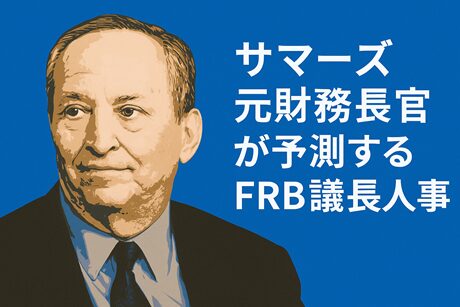
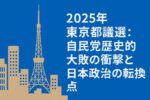
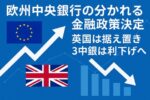
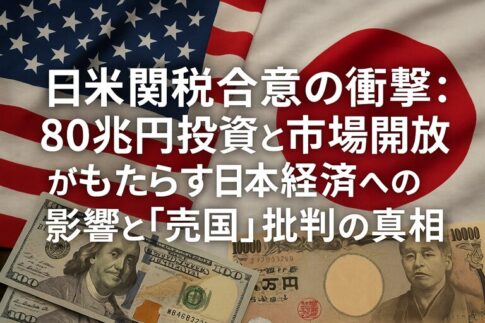

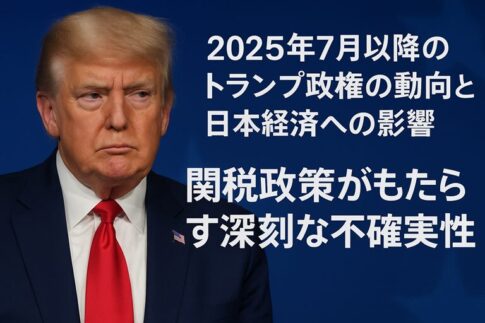
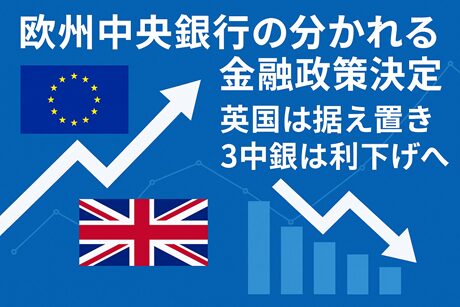
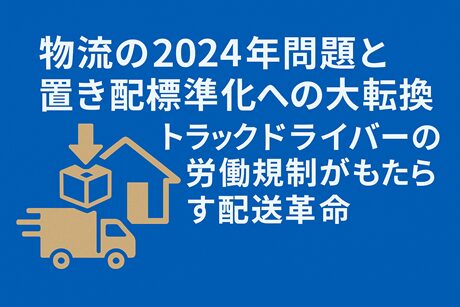

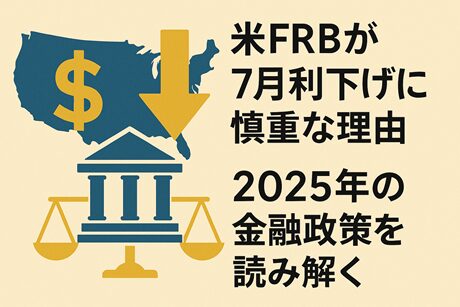
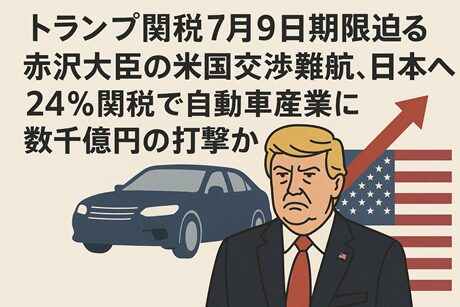

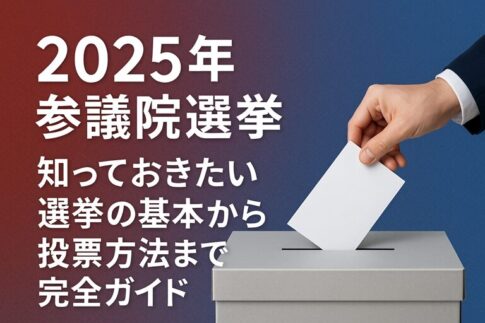
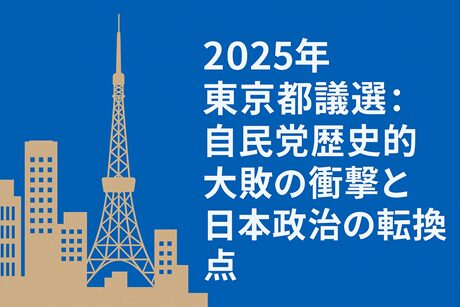


Leave a Reply